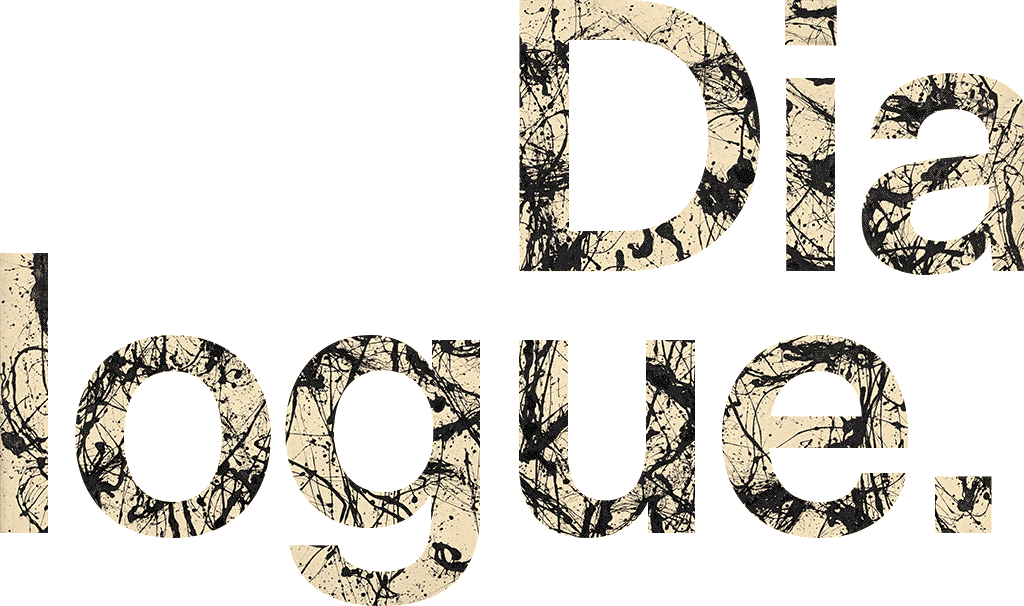Dialogue
Democratic communities are inconceivable without an exchange of different attitudes. This is true in the family, in the workplace, and in politics. Throughout the ages, artists have also engaged in debates that transcend boundaries and conflicts and involve a wide variety of cultures. In this way, new approaches are possible, and one’s own positions and visions can be developed.
Even an artist like Jackson Pollock (1912–1956), who, in creating his art, worked ostensibly on his own and isolated from colleagues, is inconceivable without an examination of preceding and contemporaneous movements. The invention of the legendary “drip painting” technique—the monumental Number 32, 1950 is a brilliant example—resulted from the confrontation with, among others, the abstract Surrealism of the time. In addition, the music Pollock listened to while working on the painting was incorporated into the composition, so that one could speak of a dance in the form of a picture.
The current presentation in the Kunstsammlung, with examples from various periods of origin and cultural circles, follows the conviction that, through dialogue and exchange, and when familiar frames of reference are left behind, new perspectives reveal themselves. The juxtaposition of works by Jackson Pollock and Gerhard Richter (b. 1932) plays on the mutual transfer between Europe and America. Whereas Pollock was preoccupied with Surrealism, Richter left European models behind in the 1960s to orient himself on American Abstract Expressionism and Pop Art. Artists such as Isa Genzken (b. 1948), Sigmar Polke (1941–2010), and Blinky Palermo (1943–1977) also chose a comparable approach.
Number 32, 1950 / Nummer 32, 1950, 1950
Lackfarbe auf Leinwand, 269 x 457,5 cm
